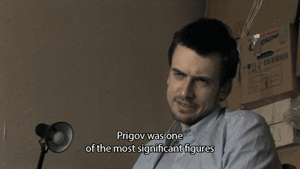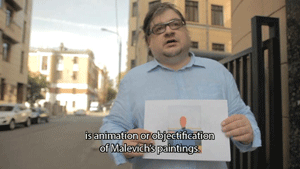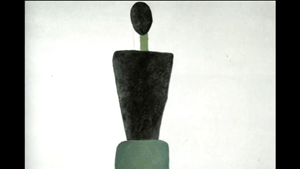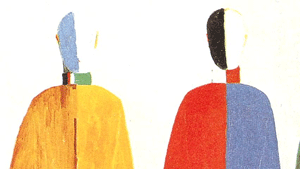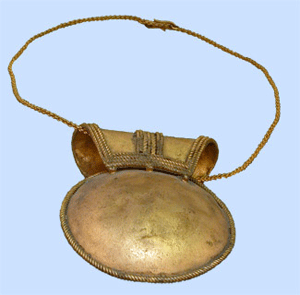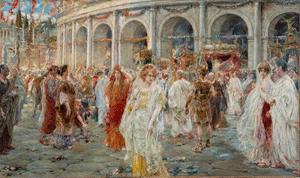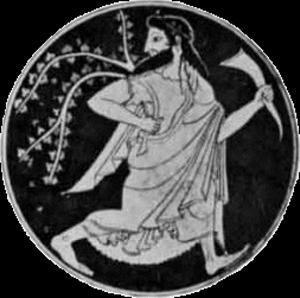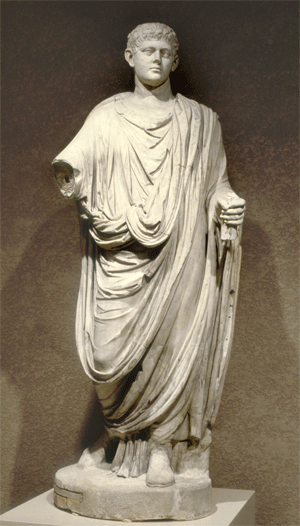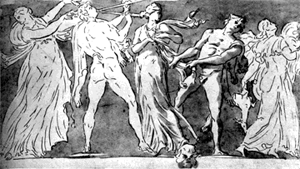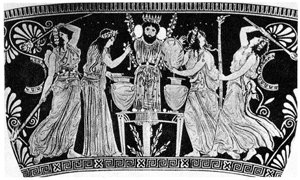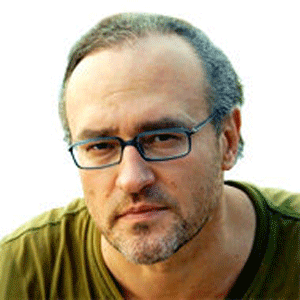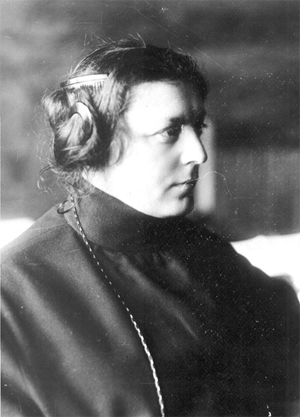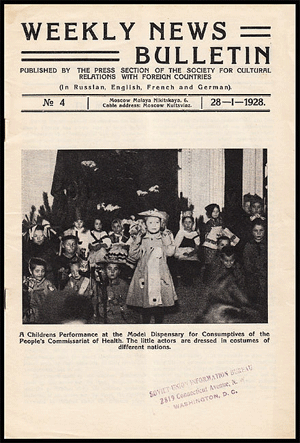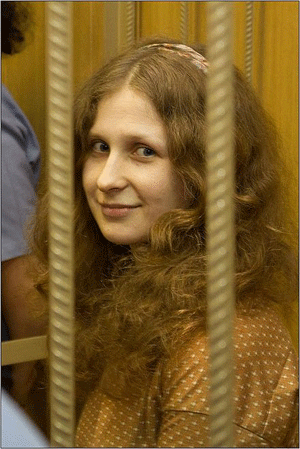by Wikipedia
Accessed: 8/8/18
NOTICE: THIS WORK MAY BE PROTECTED BY COPYRIGHT
YOU ARE REQUIRED TO READ THE COPYRIGHT NOTICE AT THIS LINK BEFORE YOU READ THE FOLLOWING WORK, THAT IS AVAILABLE SOLELY FOR PRIVATE STUDY, SCHOLARSHIP OR RESEARCH PURSUANT TO 17 U.S.C. SECTION 107 AND 108. IN THE EVENT THAT THE LIBRARY DETERMINES THAT UNLAWFUL COPYING OF THIS WORK HAS OCCURRED, THE LIBRARY HAS THE RIGHT TO BLOCK THE I.P. ADDRESS AT WHICH THE UNLAWFUL COPYING APPEARED TO HAVE OCCURRED. THANK YOU FOR RESPECTING THE RIGHTS OF COPYRIGHT OWNERS.
The Liberalia (17 March) is the festival of Liber Pater and his consort Libera.[1] The Romans celebrated Liberalia with sacrifices, processions, ribald and gauche songs, and masks which were hung on trees.
This feast celebrates the maturation of young boys to manhood. Roman boys, usually at age 15 or 16, would remove the bulla praetexta, a hollow charm of gold or leather, which parents placed about the necks of children to ward off evil spirits. At the Liberalia ceremony the young men might place the bulla on an altar (with a lock of hair or the stubble of his first shave placed inside) and dedicate it to the Lares, who were gods of the household and family. Mothers often retrieved the discarded bulla praetexta and kept it out of superstition. If the son ever achieved a public triumph, the mother could display the bulla to ward off any evil that might be wished upon the son by envious people. The young men discarded the toga praetexta, which was probably derived from Etruscan dress and was decorated with a broad purple border and worn with the bulla, by boys and girls. The boys donned the clothing of adulthood, the pure white toga virilis, or "man's gown". The garment identified him as a citizen of Rome, making him an eligible voter.
The celebration on March 17 was meant to honor Liber Pater, an ancient god of fertility and wine (like Bacchus, the Roman version of the Greek god Dionysus). Liber Pater is also a vegetation god, responsible for protecting seed. Liber, again like Dionysus, had female priests although Liber's priests were older women. Wearing wreaths of ivy, the priestesses made special cakes, or libia, of oil and honey which passing devotees would have them sacrifice on their behalf. Over time this feast evolved and included the goddess Libera, Liber Pater's consort, and the feast divided so that Liber governed the male seed and Libera the female. Ovid in his almanac entry for the festival identifies Libera as the celestial manifestation of Ariadne.[2]
[Samutsevich Yekaterina Stanislavovna] Of course we’d heard about them.
All students of the Rodchenko school
would discuss their “Feast” action
in the subway dedicated to Prigov.
[Petr Verzilov, artist, “Voyna” group] Prigov was one of the most significant figures
for the “Voina,” for all of us.
[Samutsevich Yekaterina Stanislavovna] It was great that these people took the usual space
where people ride every day as a restaurant where you can
linger over drinks and food to commemorate
someone who’s just died.
I liked their style,
it was obvious that they came very prepared,
they’d looked for those tables, they’d taken the measurements,
They knew when it was best to enter,
what to do
if people wouldn’t do it …
I liked this thing about them. There was a lot of effort in it.
-- Act & Punishment: The Pussy Riot Trials, produced, written and directed by Evgeny Mitta
This ancient Italian ceremony was a "country" or rustic ceremony. The processional featured a large phallus which the devotees carried throughout the countryside to bring the blessing of fertility to the land and the people. The procession and the phallus were meant also to protect the crops from evil. At the end of the procession, a virtuous and respected matron placed a wreath upon the phallus.
In another recent stunt, the group hung a drawing of a huge phallus on a St. Petersburg drawbridge, the agency reports in the same article.[/size][/b]
-- Western media concealing facts about female rock band’s desecration of Russian cathedral, by Matthew Hoffman
Related to the celebration of the Liberalia is the Procession of the Argei, celebrated on March 16 and 17. The Argei were 27 sacred shrines created by the Numina (very powerful ancient gods who are divine beings without form or face) and found throughout the regions of Rome. However, modern scholars have not discovered their meaning or use.
[Anatoly Osmolovsky, Artist] Another thing one can say about Pussy Riot
is animation or objectification of Malevich’s paintings.
-- Act & Punishment: The Pussy Riot Trials, produced, written and directed by Evgeny Mitta
In the argei celebration, 30 figures also called Argei were fashioned from rushes into shapes resembling men; later in the year they were tossed into the river(s). The origin of this celebration is not certain, but many scholars feel that it may have been a ritualistic offering meant to appease and praise the Numa and that the 30 argei probably represented the thirty elder Roman curiae, or possibly represented the 30 Latin townships. Other ancient scholars wrote that the use of the bull-rush icons was meant to deter celebrants from human sacrifice, which was done to honor Saturn. Some historical documents indicate that the argei (the sacred places) took their names from the chieftains who came with Hercules, the Argive, to Rome and then occupied the Capitoline (Saturnian) Hill. There is no way at present to verify this information, but it does coincide with the belief that Rome was founded by the Pelasgians and the name Argos is linked to that group.
While Liberalia is a relatively unknown event in modern times, references to Liberalia and the Roman goddess Libera are still found today online and in astrology.
References
1. T.P. Wiseman, Remus: a Roman myth, Cambridge University Press, 1995, p.133.
2. Fasti 3.459-516.
External links
http://penelope.uchicago.edu/Thayer/E/G ... bulla.html The bulla praetexta]


